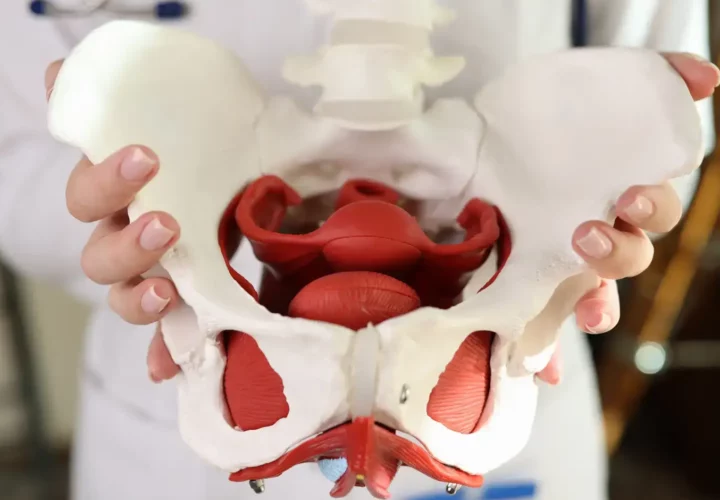Spring of 2019, I had a patient in Texas with trigger finger. When I asked them what they knew about their condition, they couldn’t tell me much.
What it is
Trigger finger also known as “stenosing tenosynovitis” is a condition that causes pain and/or stiffness along with a sensation of locking or catching when you bend and straighten your finger. The most affected fingers by this condition are the thumb (trigger thumb) and ring finger. However, it can occur in other fingers.
Your hand has tendons which are long thin structures kind of like cords. These tendons attach to the muscles in your forearm and bones of your fingers. When you bend and straighten your fingers, these tendons are working with a pulley system (A1 pulley) to allow that action to occur. When trigger finger happens, the A1 pulley becomes inflamed and/or thickened. This makes it much harder for the tendons to glide as the finger bends and straightens resulting in the sensation of catching or popping. 
Causes
The overall cause of trigger finger is not known. However, there are some factors that may increase your chance of developing this condition. People who have medical conditions such as gout, diabetes, and rheumatoid arthritis have a better chance of getting trigger finger as well as people who participate in forceful hand activities.
Symptoms
Symptoms of trigger finger typically follow a period of heavy or extensive hand use when doing pinching or grasping activities.
- Tender lump/s at the finger base on the palm side
- Catching, popping, or locking sensation associated with finger movement
- Pain when bending or straightening the finger
- Limited movement of the finger
Following periods of inactivity, the stiffness and locking tend to be worse. This could occur in the morning when you wake up.
Treatment
Treatment for trigger finger is initially nonsurgical.
- Rest. Avoiding activities that make it worse may be enough to resolve the problem.
- Splinting. Wearing a splint when you sleep to keep the affected finger/thumb in a straight position may be helpful.
- Exercises. Gentle stretching may help decrease stiffness and improve the finger/thumbs range of motion.
- Medication. Over the counter medication such as ibuprofen and non steroidal anti-inflammatory drugs may help relieve pain.
- Steroid Injections. These injections may help resolve the triggering over the period of a day to a few weeks. If two injections do not help, surgery will become an option.
- Physical Therapy. A physical therapy session for trigger finger would include heat/ice, stretching exercises, and various ways to help you decrease stress to the hand. Also, manual therapy will be used. This means techniques such as soft tissue massage will be used to help decrease pain and catching of the finger.
Surgery
Surgery can also be an option if the nonsurgical route does not work. Based on how much pain or loss of function your finger has will decide if you need surgery. The surgical procedure done for trigger finger is “tenolysis” or “trigger finger release”. During surgery, the goal is to release the A1 pulley that is blocking tendon movements so the flexor tendon can then glide easier through the tendon sheath. Releasing the A1 pulley should not cause any future problems.



